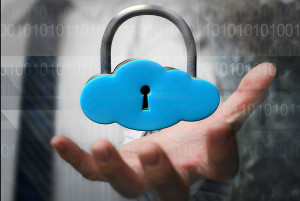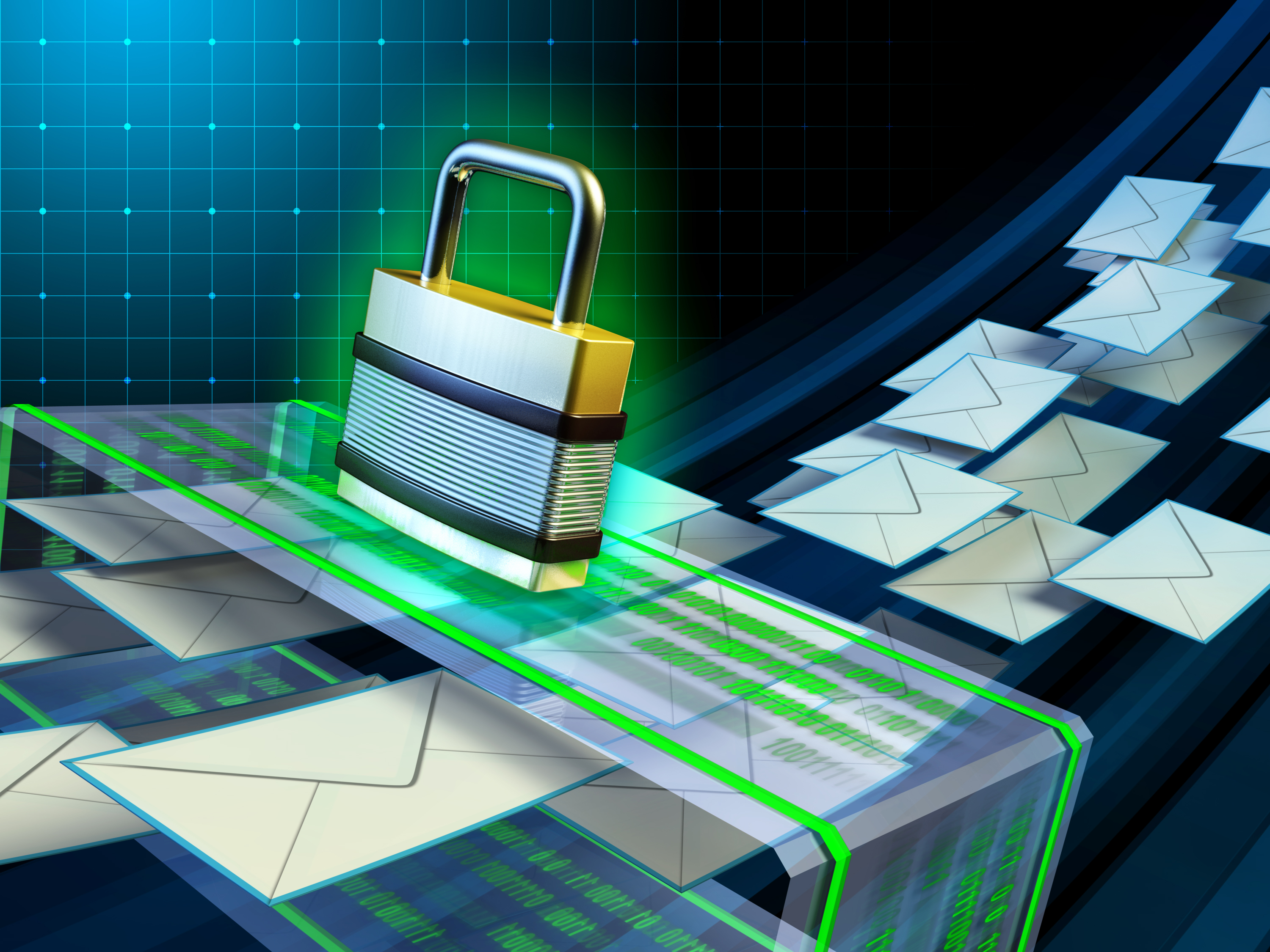 Your company is not a Fortune 100 company (you are not Target nor Home Depot), you work hard every day and have above average intelligence—so what could possibly go wrong?
Your company is not a Fortune 100 company (you are not Target nor Home Depot), you work hard every day and have above average intelligence—so what could possibly go wrong?
According to the National Crime Prevention Council:
“A crime committed or facilitated via the Internet is a Cyber Crime. Cyber Crime is any criminal activity involving computers and networks.”
It can range from fraud to unsolicited emails (SPAM). It can include the distant theft of government or corporate secrets through criminal trespass into remote systems around the globe. Cyber Crime incorporates anything from downloading illegal music files to stealing millions of dollars from online bank accounts. Cyber Crime also includes non-money offenses, such as creating viruses on other computers or posting confidential business information on the Internet.
Are you a victim or a perpetrator?
By virtue of the tools being used today to commit Cyber Crimes, criminals are now more anonymous and provided with a virtual market of available victims. The responsibility falls on individuals to protect themselves and their families through safe online practices.
“In 2011, the annual cost of identity theft alone was $37 billion dollars….Identity Theft made up only 9.8 of all Cyber Crime in 2010.” (Gordon M. Snow, Assistant Director, Cyber Division, Federal Bureau of Investigation, Statement before the Senate Judiciary Committee.)
The Internet Crime Complaint Center (IC3) compiles and releases annual reports on the statistics and Cyber Crime facts,
What type of Cyber Crime makes up the largest percentage? Take a look…
In 2010, the top ten reported Cyber Crimes to the IC3, courtesy of the 2010 Internet Crime Report, were:
Non-Delivery of Payment/Merchandise—14.4% of the sellers/purchasers did not receive payment/merchandise.
FBI Related Scams—13.2% of criminals pose as the FBI to defraud victims.
Identity Theft—9.8% were unauthorized use of personal identifying information to commit crimes.
Computer Crimes—9.1% were crimes that target a computer or were facilitated by a computer.
Miscellaneous Fraud—8.6% of scams and fraud included sweepstakes and work-from-home scams.
Advance Fee Fraud—7.6% were the Nigerian letter scam.
Spam—6.9% of users received unsolicited, mass produced bulk messages.
Auction Fraud—5.9% was fraudulent or misleading information in the context of an online auction site.
Credit Card Fraud—5.3% was fraudulent charging of goods and/or services to a victim’s account.
Overpayment Fraud—5.3% of victims deposited bad checks for payment and sent the excess funds to sender.
This is just a partial list of all the crimes that are committed. Knowledge is power —so what can you do to prevent Cyber Crime? And are you as vigilant at home as you are at work?
The following ten tips are basic ways that Cyber Crime can be prevented.
1. Keep the Computer System Up-To-Date
Cyber criminals will use software flaws to attack computer systems frequently and anonymously. Most Windows based systems can be configured to download software patches and updates automatically. By doing this they will monitor all online activity with the intent to protect the system from viruses and other malicious programs. They will also be upgraded to protect against Spyware and Adware. To be safe on the Internet, the antivirus software should be configured to update itself every time the system connects to the Internet.
2. Protect Your Personal Information
Using many of the online services today involves sharing basic personal information to include name, home address, phone number, and email address. Using common sense is the best way to protect against and prevent Cyber Crime. Do not respond to email messages that contain misspellings, poor grammar, odd phrases, or web sites with strange extensions. When in doubt about responding to an email, consider a telephone call to the organization to verify authenticity. Type the address for the website in the browser instead of clicking on a link. Any financial transaction website should have an “s” after the letters “http” (e.g., https://www.mystore.com AND NOT http://www.mystore.com). The “s” stands for secure and should appear when you are in an area requesting you to login or provide other sensitive data. Another sign that you have a secure connection is the small lock icon in the bottom of your web browser (usually the right-hand corner). Hackers might try to gain access to crash it, delete information, or steal passwords and other sensitive information. Software firewalls are widely recommended for single computers. The software is prepackaged on some operating systems or can be purchased for individual computers. For multiple networked computers, hardware routers typically provide firewall protection.
3. Install or Update Your Antivirus Software
Antivirus software is designed to prevent malicious software programs from embedding on your computer. If it detects malicious code, like a virus or a worm, it works to disarm or remove it. Viruses can infect computers without the users’ knowledge. Most types of antivirus software can be set up to update automatically. Nearly 100 percent of the computers sold in the United States today come with some form of antivirus software. Failure to keep this software current is where a majority of the issues arise. The firewall monitors all data flowing in and out of the computer to the Internet, often blocking attacks from reaching the system. Antivirus software is the next line of defense so that cyber criminals who exploit flaws in software packages may be thwarted. This will also deter a number of automated and simple attacks criminals use to break into your system.
4. Secure Configuration of the System
It is important that computers are configured to the security level that is appropriate and comfortable for the user. Too much security can have the adverse effect of frustrating the user and possibly preventing them from accessing certain web content. Using the “help” feature of the operating system can often address many of the questions in this area.
5. Choose a Strong Password and Protect It
Usernames, passwords, and personal identification numbers (PIN) are used for almost every online transaction today. A strong password should be at least eight characters in length with a mixture of letters and numbers. Using the same password for various sites or systems increases the risk of discovery and possible exploitation. It is never a good practice to write a password down and leave it near the system it is intended to be used on. Changing a password every 90 days is a good practice to limit the amount of time it can be used to access sensitive information.
6. Keep Your Firewall Turned On
A firewall helps to protect your computer from hackers who might try to gain access to crash it, delete information, or steal passwords and other sensitive information. Software firewalls are widely recommended for single computers. The software is prepackaged on some operating systems or can be purchased for individual computers. For multiple networked computers, hardware routers typically provide firewall protection.
7. Read the Fine Print On Website Privacy Policies
On many social networking and photo sharing sites, there is wording on the privacy policies that allow the website to keep information and photos posted to the site, sometimes indefinitely, even after the original has been deleted by the user. While this may not discourage one from posting images or messages, awareness that this can be later retrieved and disseminated may be a consideration as to what information or photos are posted. What today may seem to be a harmless prank can have a devastating effect on one’s reputation several years later when applying for a job or other opportunity.
8. Review Financial Statements Regularly
Reviewing credit card and bank statements regularly will often reduce the impact of identity theft and credit fraud by discovering the problem shortly after the data has been stolen or when the first use of the information is attempted. Credit card protection services can often alert a person when there is unusual activity occurring on his or her account, for example, purchases in a geographically distant location or a high volume of purchases. These alerts should not be taken lightly and could be the first indicator a targeted victim receives that something is wrong.
9. If It Seems Too Good to Be True, It Is!
No one is going to receive a large sum of money from a dead Nigerian politician, win a huge lottery from being “randomly selected from a database of email addresses,” or make big money from “passive residual income a few hours each day working out of your home.” Many of these crimes go unreported because the victim is too embarrassed to admit to law enforcement that they were duped.
10. Turn Off Your Computer
With the growth of high-speed Internet connections, many opt to leave their computers on and ready for action. The downside is that being “always on” renders computers more susceptible. Beyond firewall protection, which is designed to fend off unwanted attacks, turning the computer off effectively severs an attacker’s connection—be it spyware or a botnet that employs your computer’s resources to reach out to other unwitting users.
Information courtesy of www.fbi.gov: Website -Scams and Safety, How to Protect Your Computer: Full Article Here
The bottom line is for every preventative measure that you take, you limit your chances for becoming a victim of Cyber Crime.


Comments are closed.